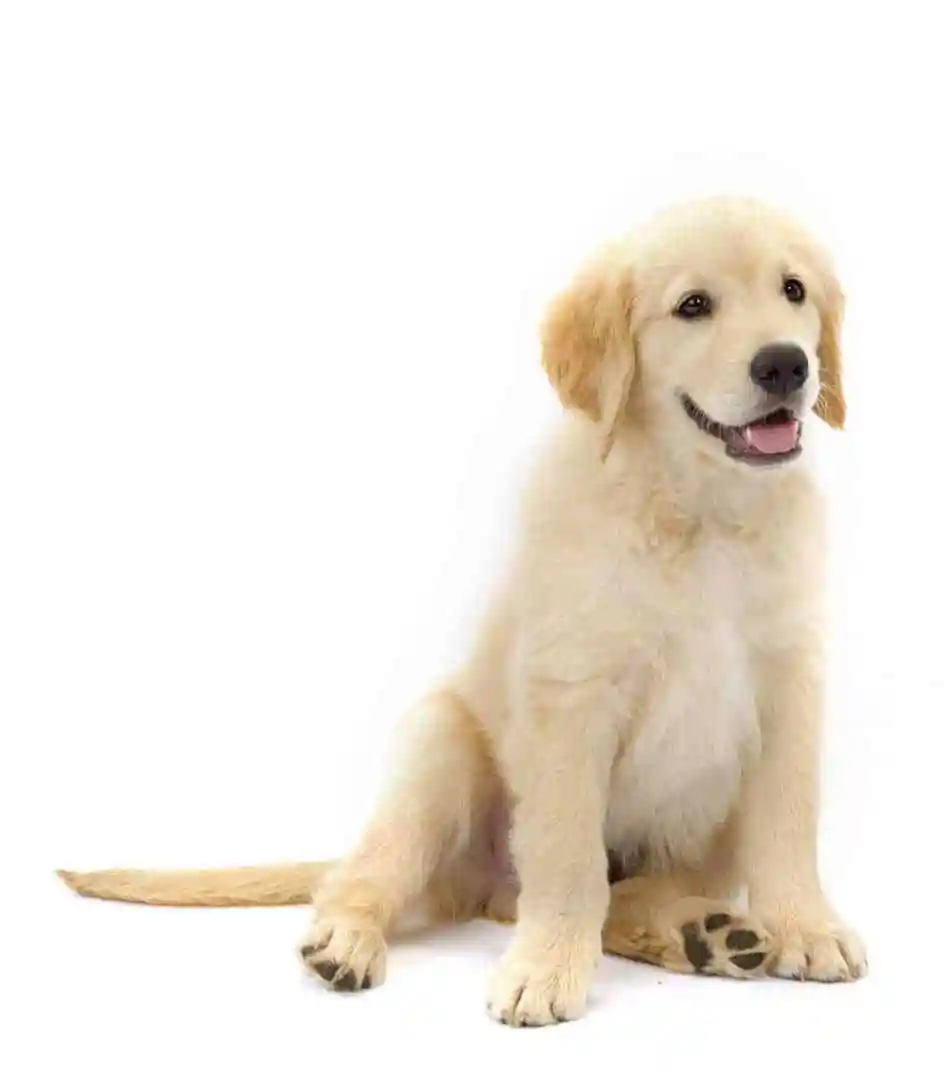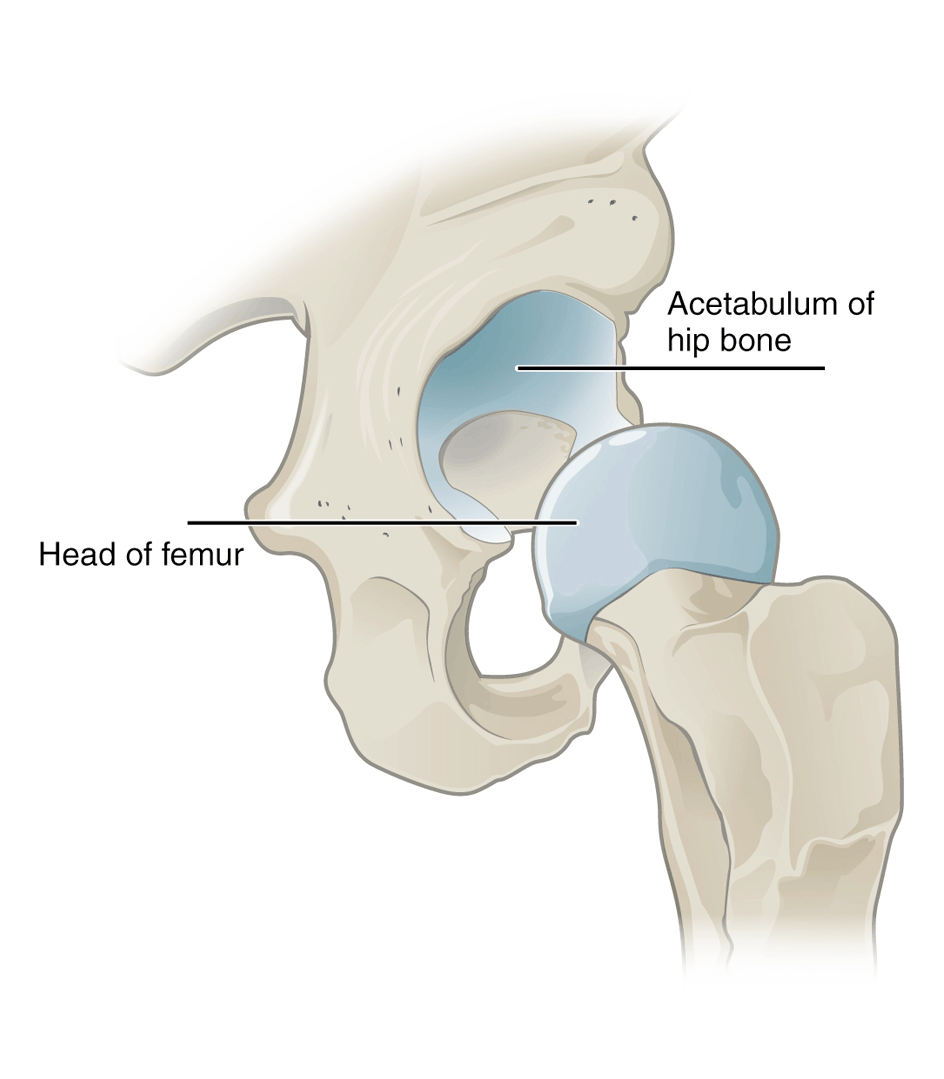- Bockstahler B, Levine D, Millis D. (2004). Essential Facts of Physiotherapy in Dogs and Cats Rehabilitation and Pain Relief. (BE VetVerlag: Babenhausen, Germany).
- Canapp SO Jr, McLaughlin RM Jr, Hoskinson JJ et al (1999) ‘Scintigraphic evaluation of dogs with acute synovitis after treatment with glucosamine hydrochloride and chondroitin’. Am J Vet Res. Dec;60 (12), 1552 – 1557.
- Carpenter LG, Oulton SA, Piermattei DL. (1996) ‘Femoral head and neck excision in a dog that had previously undergone contralateral hind limb amputation.’ J Am Vet Med Assoc. 208 (5): pp 695 -‐6.
- Davidson JR, Kerwin SC, Millis DL. (2005) ‘Rehabilitation for the orthopedic patient.’ Vet Clin Sm Anim Pract. 35 (6): pp 1357 – 1388.
- DeCamp CE. (1995) ‘Dislocations.’ In Small Animal Orthopedics. Olmstead ML (ed). pp 333 – 359.
- Dickinson R. (2005) ‘A proprioceptive stimulus alters weight bearing in the canine hind limb.’ In Proceedings of the 3rd Annual RVC Veterinary Physiotherapy Conference. (North Mymms, Hatfield, Hertfordshire, UK) pp 26 – 34
- Edge‐Hughes LM. (2002) ‘Therapeutic exercise for the canine patient.’ In Proceeding of the 2nd International Symposium on Rehabilitation and Physical Therapy in Veterinary Medicine. pp 59 -‐ 62. (Knoxville, TN, USA).
- Elliott RP. (1983) The New Dog Steps. (Howell Book House: New York, NY, USA).
- Green, S., Buchbinder, R., Hetrick, S. (2003) Physiotherapy interventions for shoulder pain (Review).
Issue 2. Cochrane Collaboration: The Cochrane Library. - Hamilton S, Millis DL, Taylor RA et al. (2004) ‘Therapeutic exercises.’ In Canine Rehabilitation and Physical Therapy. Millis DL, Levine D & Taylor RA eds. pp 244 – 263. (Saunders: St. Louis, Missouori, USA).
- Hesslink R, Armstrong D, Nagendran MV, et al. (2002) ‘Cetylated fatty acids improve knee function in patients with osteoarthritis.’ J Rheumatol. 29 (8): pp 1708 – 1712.
- Hesslink R, Sprouse S. (2002) ‘The effect of a cetylated fatty acid (CFA) for improving quality of life in canines.’ In Proceedings of the 2nd International Symposium on Rehabilitation and Physical Therapy in Veterinary Medicine. (Knoxville, Tennessee, USA) pp 179.
- Holst S, Lund I, Petersson M et al. (2005) ‘Massage‐like stroking influences plasma levels of gastrointestinal hormones, including insulin, and increases weight gain in male rats.’ Auton Neuro. 120: pp 73 – 79.
- Johnson KA, Hulse DA, Hart RC et al (2001) ‘Effects of an orally administered mixture of chondroitin sulfate, glucosamine hydrochloride and manganese ascorbate on synovial fluid chondroitin sulfate 3B3 and 7D4 epitope in a canine cruciate ligament transaction model of osteoarthritis’. OsteoArthritis and Cartilage. 9, 14 – 21.
- Lephart, S.M., Pincivero D.M., Giraldo J.L. et al. 1997, The role of proprioception in the management and rehabilitation of athletic injuries. Am. J. Sports Med. 25 (1): 130 – 137.
- Levine D. (2006) ‘Physical rehabilitation.’ NAVC Clinicians Brief. 4 (8): pp 51 – 52.
- Michlovitz SL. (1990) ‘Thermal Agents in Rehabilitation .’ (F. A. Davis Company: Philadelphia, PA).
- Miller WH, Scott DW, Wellington JR. (1992) ‘Treatment of dogs with hip arthritis with a fatty acid supplement.’ Canine Pract. 17: pp 6 – 8.
- Moses P. (2006) ‘Module 1. Canine Orthopaedics.’ In Pathological Conditions in Animals II. McGowan, Moses, Malikides (eds). (University of Queensland, Australia).
- Nelson RM, Currier DP. (1987) Clinical Electrotherapy. (Appleton & Lange: Norwalk, CT).
- Ormond AN. (1961) ‘Treatment of hip lameness in the dog by excision of the femoral head.’ Vet Rec. 73: pp 576 – 577.
- Rawson EA, Aronsohn MG, Burk RL. (2005) ‘Simultaneous bilateral femoral head and neck ostectomy for the treatment of canine hip dysplasia.’ J Am Anim Hosp Assoc.41(3): pp 166‐70.
- Saini, N.S., Roy K.S., Bansal P.S. et al. 2002, A preliminary study on the effects of ultrasound therapy on the healing of surgically severed Achilles tendons in five dogs. J. Vet. Med. Assn. 49: 321 – 328.
- Spreull JSA. (1961) ‘Excision arthroplasy as a method of treatment of hip joint diseases in the dog.’ Vet Rec. 73: p 573 – 576.
- Wallace LJ & Olmstead ML. (1995) ‘Disabling conditions of the canine coxofemoral joint.’ In Small Animal Orthopedics. Olmstead ML (ed). pp 361 – 393.
- Witz M, Lepage OM, Lambert C et al. (2001) ‘Brown bear (ursus arctos arctos) femoral head and neck
excision.’ J Zoo Wildlife Med. 32 (4): pp 494 – 499. - Zink, M.C. 1997, Peak Performance ‐ Coaching the Canine Athlete: Canine Sports Productions: Lutherville, MD, USA



